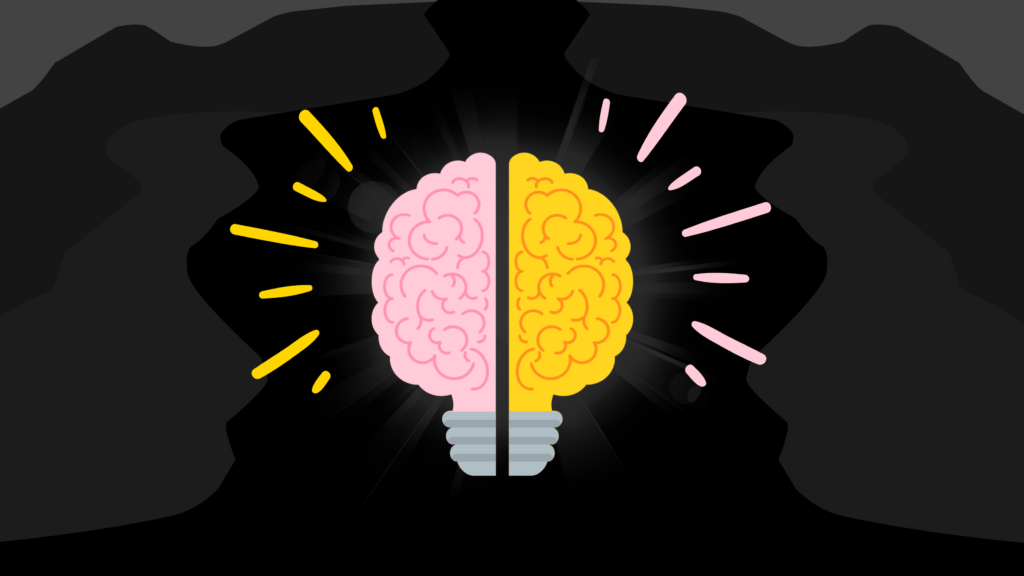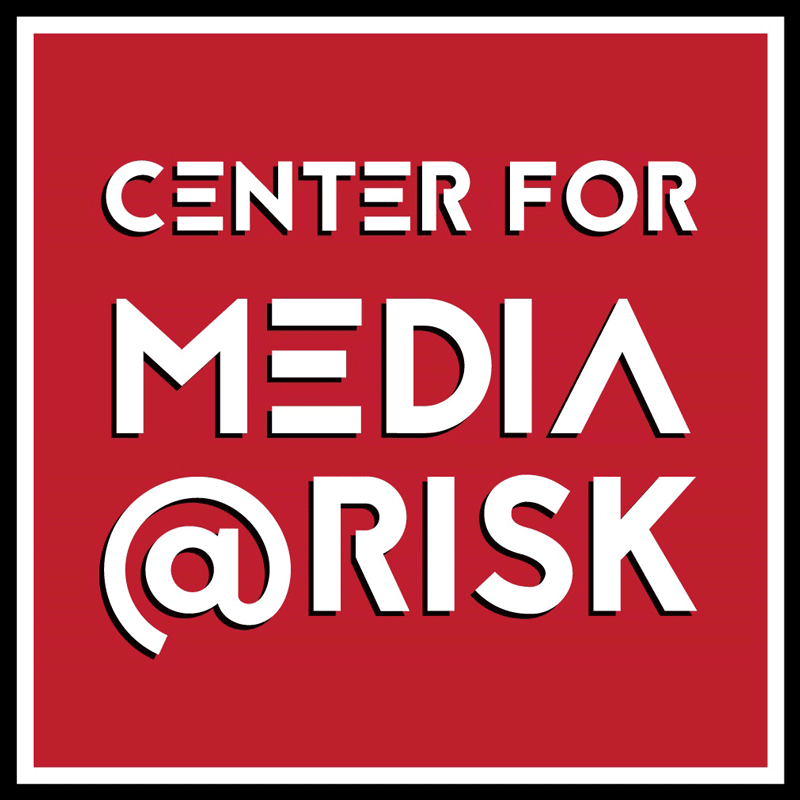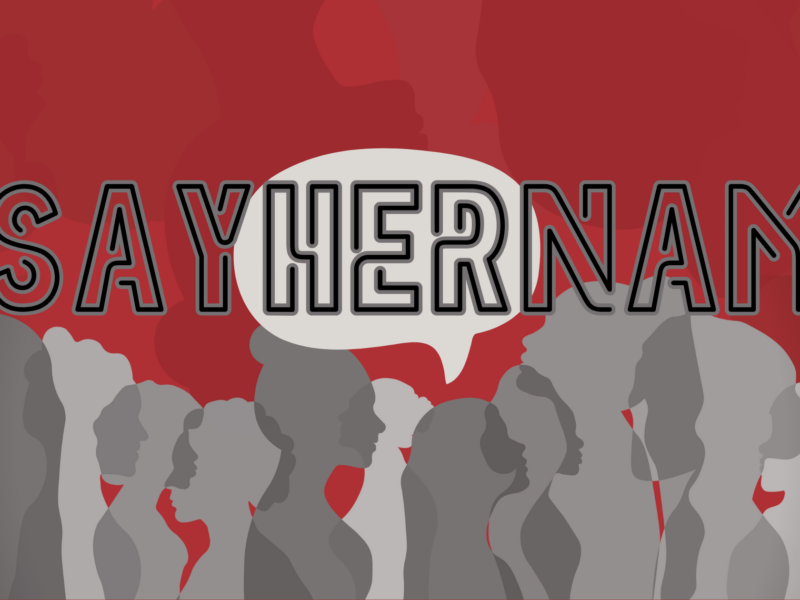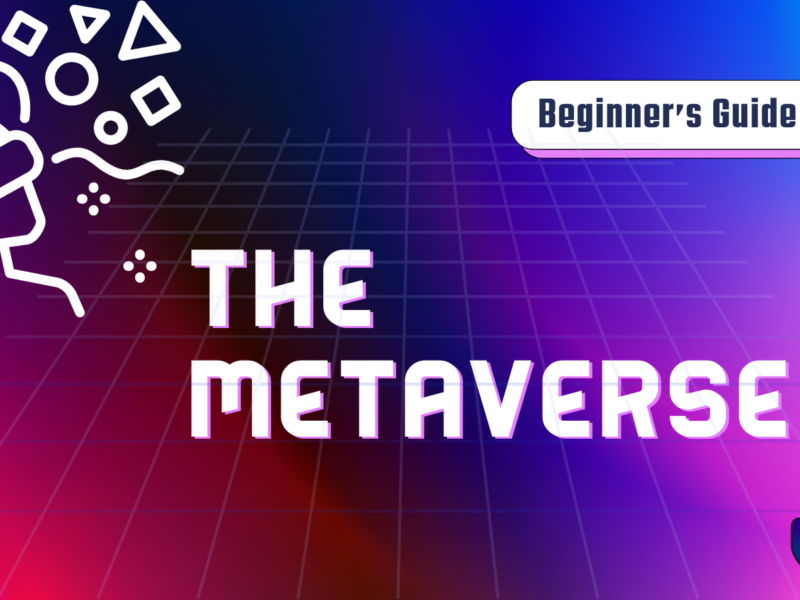
By Adetobi Moses
The “digital divide” has become a catch-all phrase for persisting digital disparities that exist in different areas and demographics across the world as well as between worlds (think developed world vs. underdeveloped world). For many, the phrase captures the gulf between the Information and Communication Technology (ICT) resources that are, using the example of the US, concentrated in richer suburban and urban centers and less so in rural, poorer communities. For context: A Pew Research study from 2021 reported that while the proportion of Americans with Internet and Broadband has steadily increased every year since 2000, 4 out of 10 low income adults still do not have home broadband services, a desktop or a laptop. In a global context, the phrase the “digital divide” often takes a bird’s eye view of the gap in access to ICT technologies across countries that differ economically.
Yet while the phrase the “digital divide” has been a useful nomenclature for capturing the varying gaps in “access” to information technology, it may be time to retire the word altogether, given the reality of our current global environment. The last few years have cast doubt worldwide on the ability of the internet to save us. And while the problem of connection should remain a focal point in policy debates, some nuance or additional criterion is needed to assess what we mean by access and which conditions are necessary for it to occur.
The term “knowledge divide” may be the answer. It’s true that “knowledge divide” does not sound spicy. But in many cases it captures more fully what we mean when we say “digital divide.” For instance, access to the internet without investment in the additional educational infrastructure and technological literacy that can help people make sense of the information they are being flooded with is not only detrimental but negligent. And when even those speaking of a “knowledge divide” often focus on the problems with internet access rather than the conditions that entrench the lack of internet access, it becomes difficult to remember that the knowledge divide needs to be understood and corrected if the digital divide is to be eliminated. Technological literacy and an educational infrastructure need an emphasis equal to that currently being given the number of ICTs. The term “knowledge divide” helps us shift our focus. It puts equal weight on access and educating the public on the perils that accompany technology—issues related to misinformation, hate speech, vaccine hesitancy and the cadre of problems that internet access brings with it.
The “knowledge divide” is also a stressor of particular importance to media practitioners, for they must navigate internationally the erratic conditions it makes visible. For example, social media content and channels now rival the credibility and authority that the news media once enjoyed in the United States and multiple peer democracies. What’s more: the diversity of actors in the online news content space creates the conditions for objectives to flourish that are distinct from those most heralded as part of journalism’s 20th century ideological make-up. The growth of decentralized information and the rise of platformized news content further exacerbate tensions between the access divide and the knowledge divide. On the one hand, digital media have decreased the barriers of entry into conventional journalism outlets, which has made citizen journalism and alternative journalism viable. On the other hand, journalists must increasingly “compete” for recognition in an increasingly fragmented news market, eroding some of the ideals and objectives of the professional model of journalism and decreasing the quality of information it promotes. In short, increased access to information does not always unequivocally lead to better information.
Moreover, the “digital divide” does not account for global inequalities that persist even after a society becomes heavily connected. ICT initiatives in the developing world, during the 2000s, often masked a type of asymmetrical integration into the global economy for poorer countries. Moreover, the initiatives prioritized a sort of depoliticized or apolitical approach to communication technologies. The underlying appeal was that because the technologies could theoretically exist “everywhere,” they could somehow circumvent the very real historical and present barriers that threatened social, cultural and political life.
Moreover, this hyper investment in the digital economy in the “developing” world may stagnate investments in other social and economic spheres to the detriment of society. While ICT initiatives in ‘developing’ nations may look advantageous on paper, it is worth taking a step back and questioning whether any and all types of integration into the world economy should be celebrated as a positive step forward. What is lost when we talk about digital divide without fair digital “distribution”?
Finally, there is the question of climate change. Academics in communication have in the past written about the massive energy that digital infrastructure expends and needs for maintenance. And often this energy produces thermal heat. Another question, then, is how does the digital divide align with the realities of climate change? Karachi, Pakistan, like other places in South Asia, has been experiencing relentless heatwaves since March 2022 and is expected to be largely unlivable within the next 30 or 40 years. What should “digital” access or investment look like in this case? If electricity may be soon severely limited in Karachi and other places around the world to adjust to the warmer climate, it seems the concept of the “digital divide” may yet again be coming up short. What, then, should digital access mean in the context of a warming climate?
These are some of the most concerning technological risks facing populations everywhere, and media practitioners of all sorts –professional, citizen and bystander – need to heighten public awareness of its perils. A framework for digital access that is contextualized by a country’s socio-political history, informed by coming climate changes and instills an educational imperative relevant to its inhabitants is sorely needed to adequately tackle the gaps in digital access worldwide.
Adetobi Moses is a Ph.D. student at the Annenberg School for Communication and a member of the Center for Media at Risk Steering Committee. At Annenberg, she has primarily studied the different dimensions of the Covid-19 health crises in diverse contexts. Her research often focuses on the historical issues that undergird the crisis, the structural issues that preclude certain discourses and mitigation strategies and finally, the ways in which Covid-19 and other types of mediated crises can usefully help us recalibrate our relationship with digital technologies on both a personal and a structural level. Theoretically, her work engages with questions pertaining to digital media practice, digital storytelling, narrative identity, affect, memory and community.


